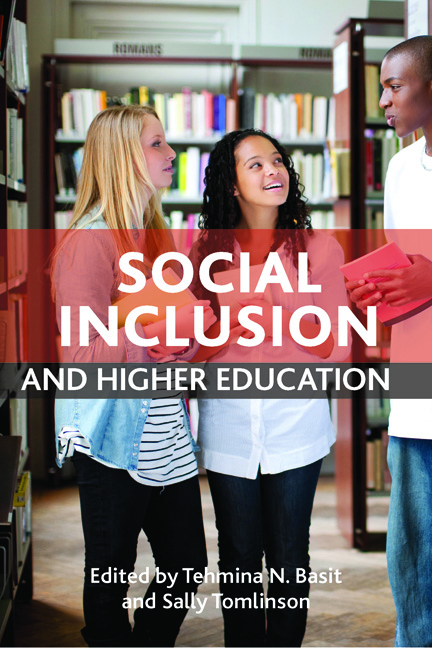twelve - Teaching Indigenous teachers: valuing diverse perspectives
Published online by Cambridge University Press: 01 September 2022
Summary
Introduction
In Australia, education is failing Indigenous people, who remain the most disadvantaged group in the nation (ABS, 2007; Doyle and Hill, 2008). Indigenous students’ school participation rates are lower than their non-Indigenous peers, they leave school earlier and are less likely to complete secondary schooling (James and Devlin, 2005; Doyle and Hill, 2008). Barnhardt and Kawagley, drawing on the work of Battiste, assert that:
Students in Indigenous societies around the world have, for the most part, demonstrated a distinct lack of enthusiasm for the experience of schooling in its conventional form – an aversion that is most often attributable to an alien institutional culture rather than any lack of innate intelligence, ingenuity, or problem-solving skills on the part of the students. (2005, p 10)
In Australia, Indigenous students are under-represented in universities and other tertiary education institutions. Only 26% of those aged 25–64 have obtained a non-school qualification and 5% have obtained a bachelor's degree and above. This compares unfavourably with the non-Indigenous population, where 53% have a non-school qualification and 21% have a bachelor's degree (ABS, 2008). Similar results are evident in other First Nations communities such as those in Canada (Freeman, 2008) and the US (Locke, 2004).
As a means to improve Indigenous students’ participation in schooling, there have been ongoing calls for many years in Canada, North America, New Zealand and Australia to increase the number of Indigenous teachers so that students can be taught by those who best understand their needs and cultural backgrounds (Locke, 2004; Reid, 2004; White et al., 2007). In Australia, Paul Hughes’ famously optimistic goal of ‘1000 teachers by 1990’ (Hughes and Willmot, 1982) was aimed primarily at retraining Aboriginal Education Assistants (AEAs) already working in schools. However, this target was not achieved. Nearly 20 years on, and even acknowledging the number of successful enclave and support programmes that were subsequently established for Indigenous teachers, the numbers of Indigenous teaching staff as a proportion of all teaching staff in government schools has remained at less than 1% over this time, while in the Catholic system, the proportion is far smaller at 0.23% (DEEWR, 2008).
- Type
- Chapter
- Information
- Social Inclusion and Higher Education , pp. 255 - 272Publisher: Bristol University PressPrint publication year: 2012



